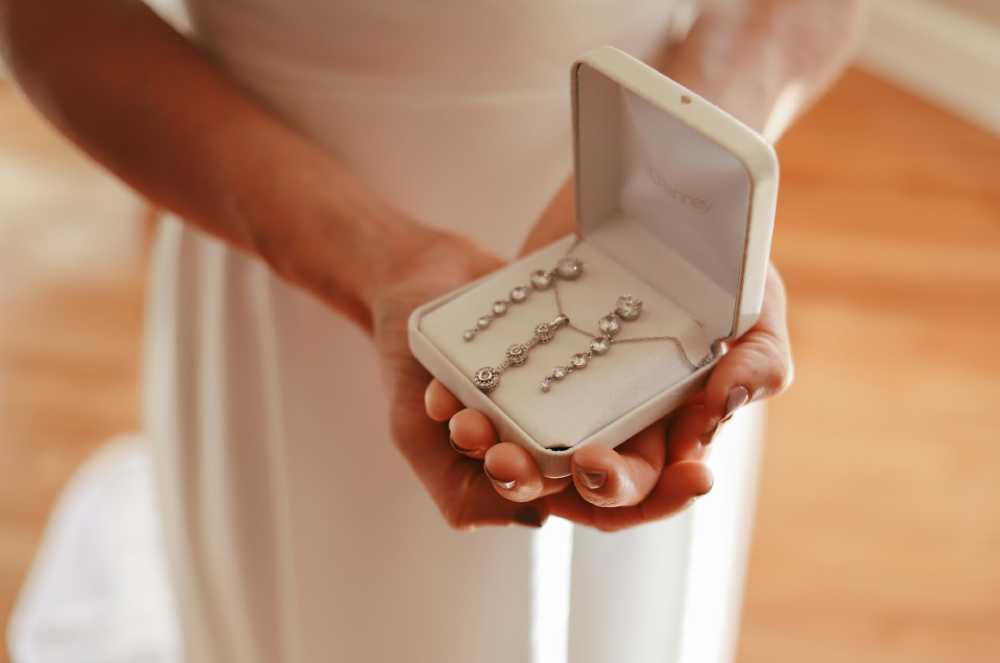Unlocking the complexities of jewelry appraisal involves much more than meets the eye. The artful blending of qualitative and quantitative analysis provides a holistic insight into your collection’s value, whether it holds heirloom pieces, modern intricacies, or wholesale vintage jewelry.
Recognizing the worth of one’s jewelry collection is crucial for peace of mind and personal enjoyment. It serves a practical role in insurance evaluations and potential resale scenarios. Intrinsic materials, artisanship, and external influences can greatly sway value, making a broad understanding of these elements invaluable.
Types of Jewelry Appraisals
Appraisals come in different forms, each serving a specific function. Insurance appraisals aim to establish the cost of replacing an item at current market prices. In contrast, fair market value assessments consider the likely sale price in their valuation.
Distinguishing between these is critical when planning for an appraisal. Certified appraisers can provide assessments that may differ significantly from retail values, underscoring the need for trusted and experienced professionals to appraise valuable jewelry collections.
As detailed by the Gemological Institute of America, a cornerstone resource for jewelry professionals and enthusiasts alike, a thorough understanding of personal property valuations can make a difference.
Materials and Craftsmanship
The essence of a piece’s value often lies in its composition and the skill with which it was created. High-quality materials such as platinum, gold, and rare gemstones are a strong starting point in valuation.
Still, the level of craftsmanship can vastly elevate or diminish a piece’s ultimate worth. The expertise and precision that go into crafting each curve, setting each stone, and polishing each surface are as telling as the materials themselves.
Recognizing such artistry requires an educated eye acquired through experience and knowledge of jewelry standards and practices.
Historical and Sentimental Value
Not all values can be computed in currency. A piece’s history—its age, backstory, and lineage—can carry immeasurable worth to collectors and individuals alike. Likewise, sentimental value, though not readily monetizable, often exceeds the item’s material worth in the eyes of an owner.
The marriage of these intangible facets with the tangible analysis of value is beautifully captured by the Smithsonian’s in-depth look at antique jewelry evaluation, offering a window into the nuanced world of heirlooms and treasures passed through generations.
The Market’s Influence on Jewelry Worth
Shifting markets significantly sway the pendulum of jewelry valuation, with consumer demand, current trends, and global economics leading the charge.
A deep understanding of these market forces can help predict valuation trends, which is particularly useful when considering an investment in jewelry or anticipating the future resale of existing items.
Knowledge of marketplace dynamics, including the ability to gauge the influence of supply and demand, can prove instrumental in properly valuing fine jewelry.
Understanding Certifications and Hallmarks
Certifications and hallmarks stand as quality indicators and verifiers of authenticity. They provide peace of mind and a level of certainty in the value of a piece of jewelry.
Knowledgeable valuation professionals will look for marks indicating metal purity and assay stamps signifying origin when appraising pieces; they will also consider certificates attesting to the quality of gemstones or precious metals provided by reputable authorities.
This transparency in the jewelry’s pedigree is pivotal in establishing trust and value in the transaction of high-end pieces.
When and Where to Get Your Jewelry Valued
It is advisable to seek a professional valuation for jewelry periodically, particularly when changes in the market or personal circumstances occur. Seeking a certified and reputable appraiser is essential.
Appraisers with certifications from respected institutions carry the credibility necessary to provide accurate and trustable valuations. Whether you visit a renowned local jeweler or attend a specialized appraisal event, the key is to ensure your appraiser’s credentials are in order and their experience relevant to your type of jewelry.
Maintaining and Upgrading Jewelry for Optimal Value
Maintenance and upgrades play a significant role in preserving or even enhancing the value of jewelry. Regular cleaning, proper storage, and timely repairs are crucial to maintain the integrity and luster of a piece.
Moreover, reasonable upgrades like the addition of higher-quality gems or modernized settings can rejuvenate an old piece, potentially increasing its resale value. Nonetheless, these enhancements must be done thoughtfully to retain the essence and character that make a piece unique and valuable.
Navigating the Jewelry Market for Buyers and Sellers
Like any marketplace, the jewelry market requires savvy navigation, especially regarding valuation. Buyers should approach potential acquisitions with a clear understanding of their value, underpinned by thorough research and professional appraisals.
On the other hand, sellers must be astute in leveraging the information surrounding their jewelry’s value to ensure they receive a fair price. Auction houses, consignment shops, and online marketplaces can be excellent venues for buying and selling. Still, knowledge of valuation practices is key to success in these areas.





